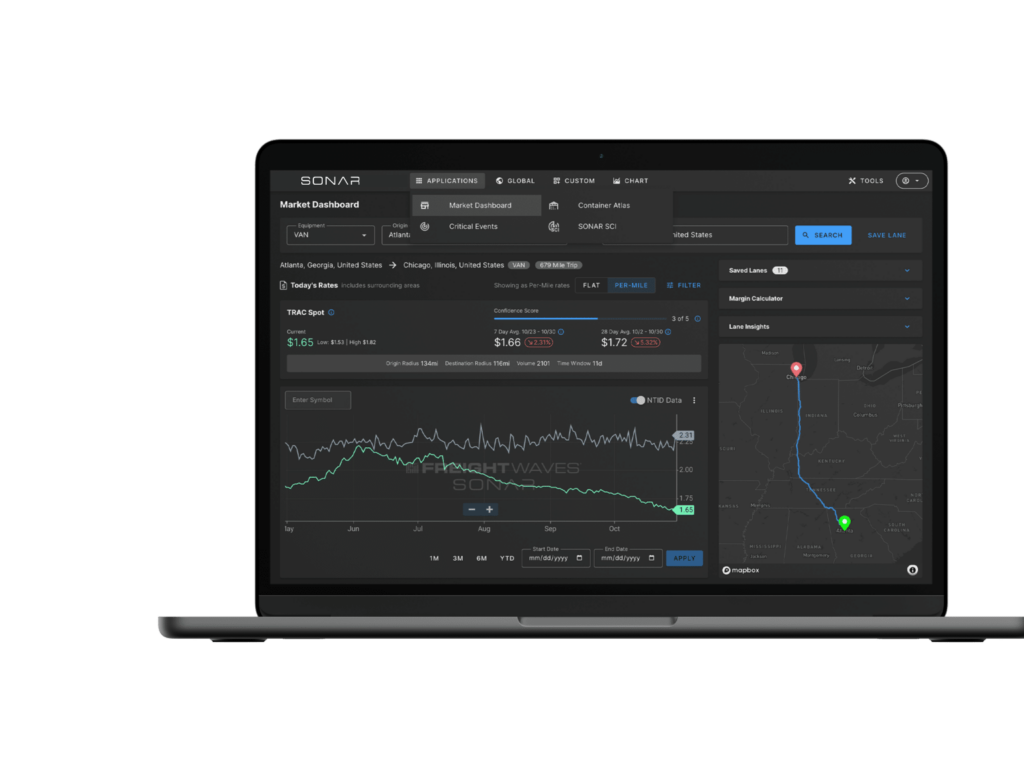Transportation optimization sounds exceedingly complex. However, it is merely the process of reallocating assets and making the best decisions to maximize supply chain resources. Unfortunately, finding the best ways to enable transportation optimization remains out of reach for many companies. With that in mind, companies can use freight technology to guide changes and improvements throughout and well beyond disruption. Freight management parties need to understand the challenges of managing freight through disruption, how freight technology trends continue to enable innovation, and a few tips for maximizing transportation optimization.
Among the challenges of managing freight amid disruption are an inability to manage assets efficiently and leverage resources based on demand. Simultaneously, a sudden surge across all modes, seen with the unprecedented expansion of e-commerce and sudden truckload capacity tightness, can make managing and enabling transportation optimization difficult at best. Unfortunately, disruption will always turn existing processes upside-down, says Heather Mueller of Supply Chain Brain, “even the best-laid plans can go astray. No amount of insight and analysis could have predicted the unprecedented events we have seen in 2020. Short of clairvoyance, the most data-minded and nimble companies were left with strategies that needed to evolve, pivot, or start over from scratch once the coronavirus pandemic swept supply chains in North America.
For many organizations, these disruptions feel like a threat to their team’s success and bottom lines. It is easy to let the unexpected force your team into triage mode – focusing only on fixing daily, operational issues. To hunker down and ride the tides of the storm waiting for the waters to settle.”
Fortunately, freight technology can help.
Freight technology is a wide-ranging group of advancements in software and equipment that can take much of the physical work out of managing freight. Digital freight software, particularly freight matching platforms, affords an excellent way to source more capacity and value – critical precursors to transportation optimization. According to Michael Gorman of Supply Chain 24/7, “[digital freight] is inarguably one of the biggest disruptions to this sector of transport and logistics as it enables capital expenses to be shared around fleets and warehouses and other such areas. It also allows new entrances into the ecosystem in the form of new, CAPEX-free actors and also opens the sector up for newer opportunities for a business model.”
Why freight forecasting
is essential for determining
mode optimization
Supply chain leaders should always have a bag of tricks and tips up their sleeves to enable any type of improvement. Transportation optimization is no different. Freight management parties, including freight brokers, 3PLs, and shippers, should follow these tips to use technology and enable transportation optimization.
Any strategy for transportation optimization must make sense both financially and logically. By definition, transportation optimization must rely on data to maximize resource use, efficiency and productivity. That includes optimizing drivers, frontline workers and dispatchers. Remember that modern logistics is a complex process. And the only way to unlock the secrets of optimization is to use data and deploy an advanced freight forecasting platform. Increase your optimization efforts across asset allocation, rating, RFPs, and tenders by getting the right data at the right time. Ask for a SONAR demo online to find out how easy it can be.
